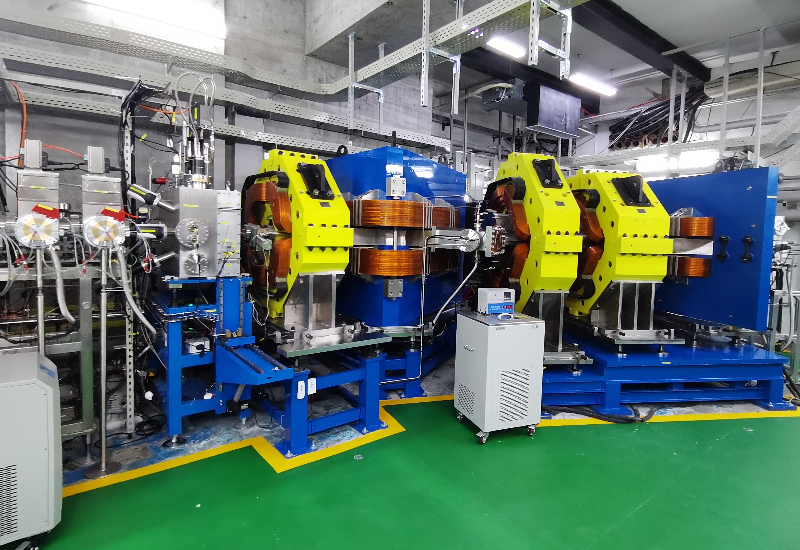Home / News / Latest News
13 03, 2024
Physicists Discover New Isotope, Actinium-203
The discovery and research of new isotopes at and beyond the proton drip line can provide valuable insights into nuclear structure, furthering our understanding of fundamental nuclear physics. In the neutron-deficient nuclear region, α decay spectroscopy serves as a powerful tool for identifying new isotopes.
A research team led by Prof. GAN Zaiguo at the Institute of Modern Physics (IMP) of the Chinese Academy of Sciences (CAS), together with their collaborators, has recently synthesized a new isotope, actinium-203. The results have been published in Physics Letters B.
In the experiment, the cacium-40 beam was provided by the China Accelerator Facility for superheavy Elements (CAFE2) at IMP. The new neutron-deficient isotope, actinium-203, was produced in the fusion-evaporation reaction, and identified via the recoil-α correlation method at the gas-filled recoiled separator, Spectrometer for Heavy Atoms and Nuclear Structure-2 (SHANS2).
Scientists then determined the new isotope’s α-particle energy and half-life to be 8217 keV and 56 μs, respectively. They revealed a relatively large reduced α-decay width comparing with that of the neighboring nuclei, which indicates that the new state probably arises from the intruder configuration.
Besides, the production probability of actinium-203 is extremely low, with the cross-section of only 0.13 picobarn. This work verified the capability of SHANS2 for producing new isotopes with extremely low cross section.
This work was supported by the Guangdong Major Project of Basic and Applied Basic Research, the National Key R&D Program of China, the Strategic Priority Research Program of CAS, and the National Natural Science Foundation of China, etc.

Figure. Spectrometer for Heavy Atoms and Nuclear Structure-2 (Image from IMP)
Appendix(s):


 甘公网安备 62010202000713号
甘公网安备 62010202000713号


